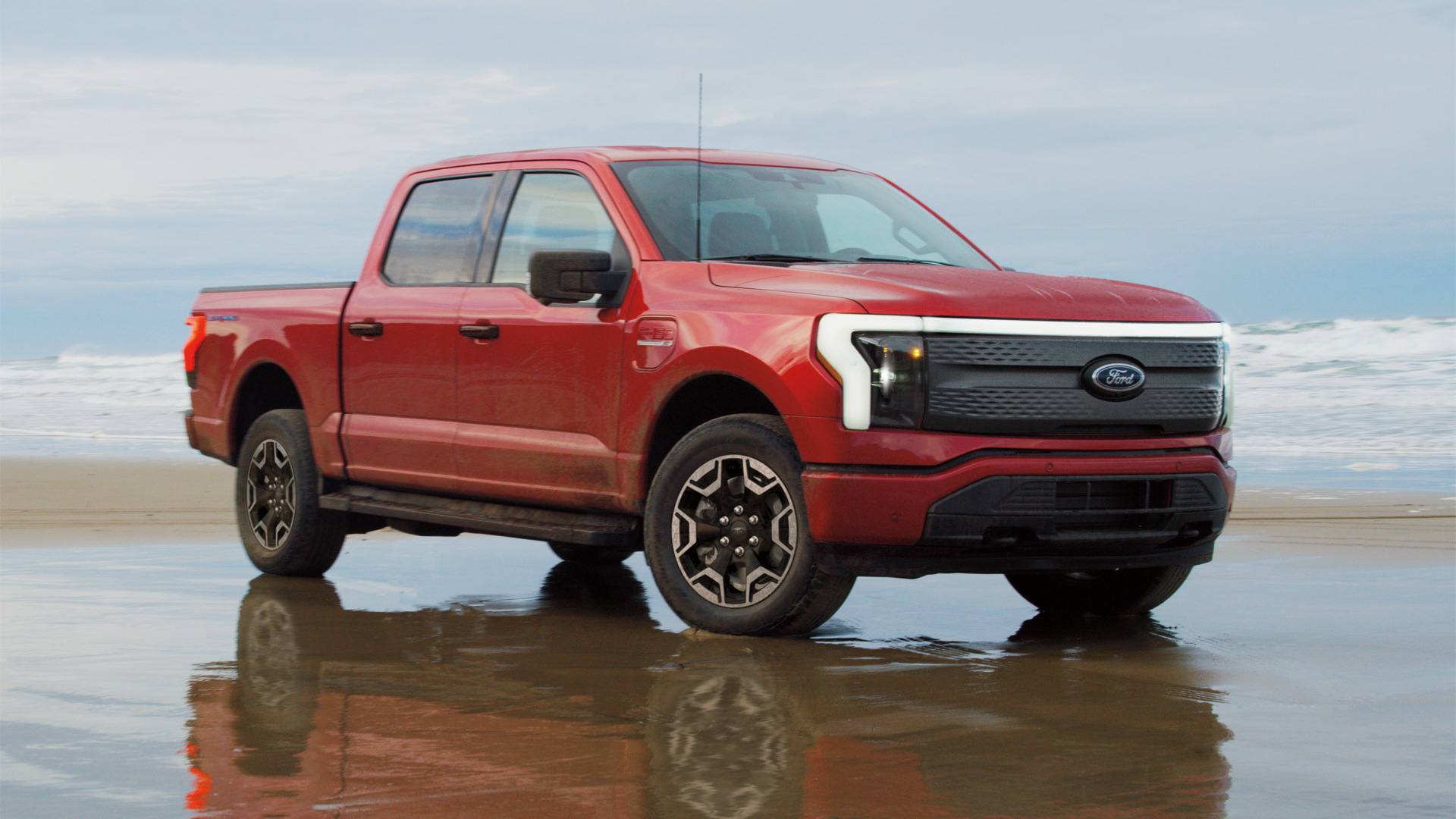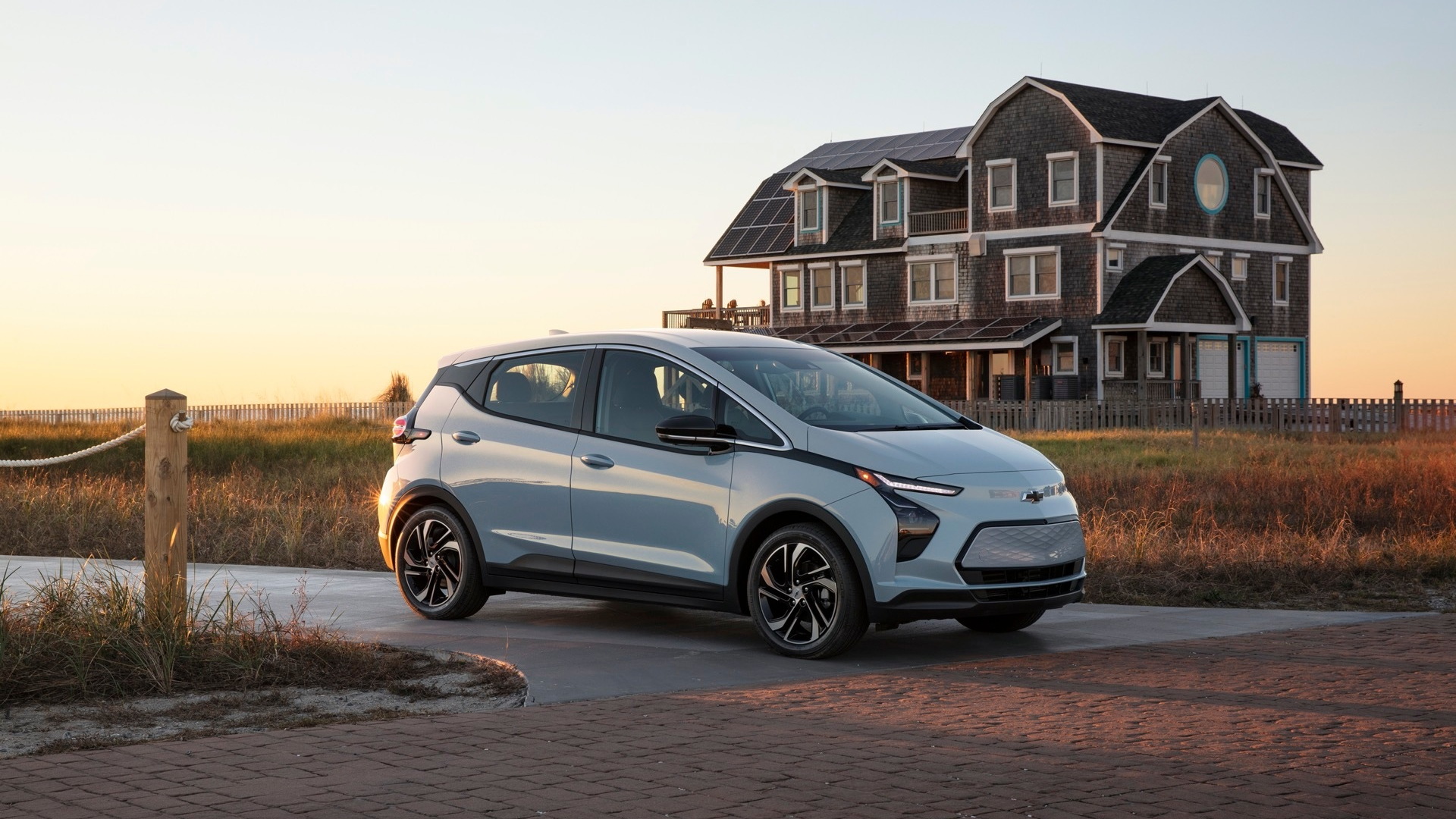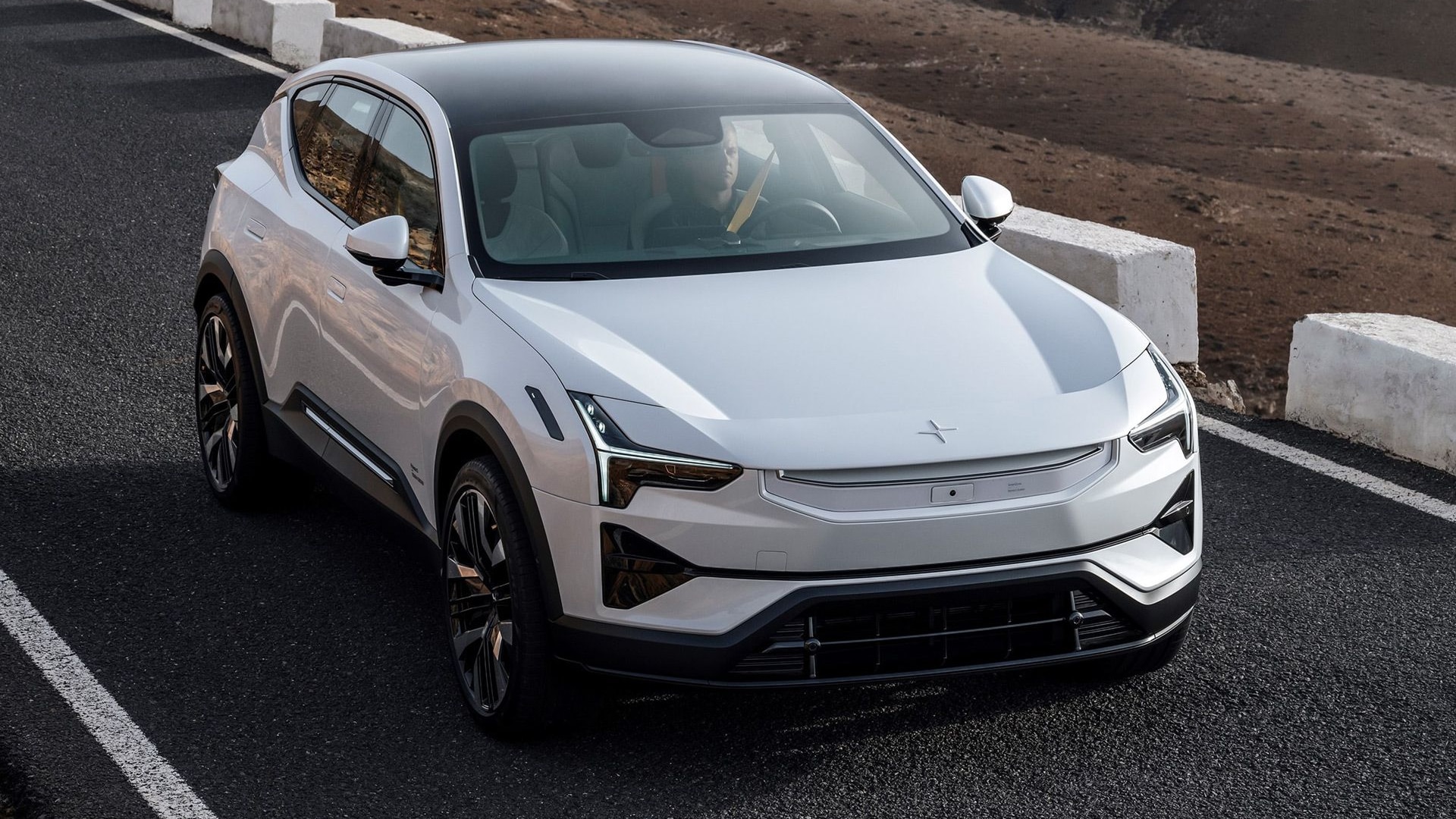Chademo-specification DC quick chargers make it possible for owners of electric cars like the Nissan Leaf and Mitsubishi i to travel well beyond the range of a single charge in a day without waiting for hours every time their car needs charging.
But while quick DC charging stations can charge the Nissan Leaf to 80 percent full in under 30 minutes, your car may not be as full as you think it is.
Enter Tom Saxton, software engineer, electric car driver and Vice-President of Plug-in America, and his wife Cathy, also an engineer.
Following reports from fellow Nissan Leaf owners that they seemed unable to travel as far after an 80 percent rapid charge as they did after an 80 percent Level 2 charge, the Saxtons decided to investigate, armed with the popular third-party Nissan Leaf SOC Meter.
Fast Charging 2011 Nissan Leaf
Because it plugs into the Leaf’s on-board diagnostics port, the SOC Meter records the actual percentage charge of the Leaf’s battery pack, not the car’s notoriously inaccurate built-in guess-o-meter.
While their car charged, the Saxtons compared the reported state of charge on the quick charging station against the state of charge reported by the add-on SOC Meter.
They found as much as ten percent difference between what the charging station thought the car’s state of charge was, and how full the car actually was.
In other words, the charging station, talking to the Leaf over the communication bus built into the quick charge station, saw a higher state of charge than was actually present.
Some charging stations, like the ones the Saxtons used, allow users to set how full their car should be when charging stops. Set to default at 80 percent to minimize strain on the battery pack, the Saxtons set the station to deliver a 100 percent charge.
“Had I left the default 80 percent setting, the charge would have stopped when the reported SOC hit 80 percent,” wrote Tom Saxton on his blog. “But the car was really only 73 percent at that time. A requested 90 percent charge would have stopped at around 80 percent actual.”
Rapid Charging Station Tennessee Gas Station
At the moment, the reasons behind this overly optimistic charger-side state of charge reading are unknown, although we’ve noticed similar behavior with a variety of different makes of quick charging stations while using our own 2011 Leaf.
As the Saxtons point out, a difference of as much as 10 percent could be the difference between arriving home, or not arriving home.
To help drivers avoid quick charging pitfalls, the couple have penned this useful guide to quick charging.
Have you experienced overly optimistic state of charge readings at public quick charge stations with your Nissan Leaf or Mitsubishi i?
And what do you think the cause is? The car, the charging station, or something else?
Let us know your thoughts in the Comments below.
+++++++++++













